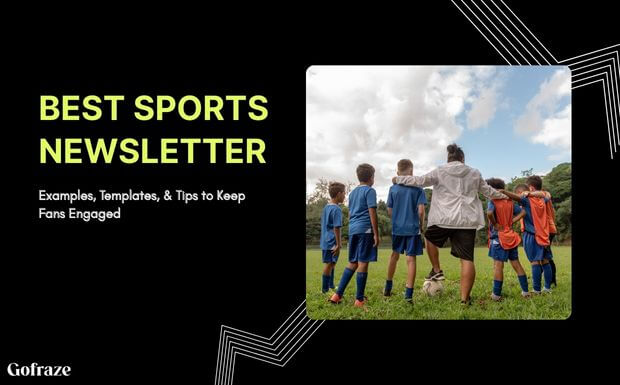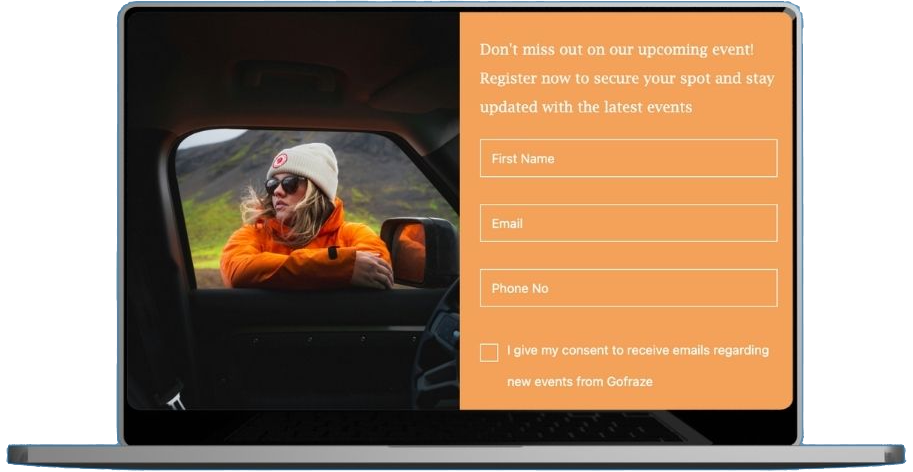Email Marketing for Car Dealerships: Strategies, Ideas & Best Practices
Explore powerful email marketing strategies for car dealerships. Learn to attract, engage, and convert leads into loyal customers with ease.
In today’s competitive marketplace, brand awareness is crucial in influencing consumer decisions. Businesses strive to ensure their brand is well-recognized and remembered, as this directly impacts sales, customer loyalty, and market share. However, not all brand awareness is the same—marketers often measure it in two primary ways: Aided Awareness Vs Unaided Awareness.
Understanding the difference between these two forms of awareness is vital for developing an effective marketing strategy. In this guide, we will explore the meaning of aided and unaided awareness, their differences, how they impact marketing, and the best strategies to improve both.
Brand awareness refers to the extent to which consumers recognize and recall a brand, its products, or services. A strong brand awareness means consumers can easily identify the brand and associate it with specific attributes, values, or emotions.
To measure brand awareness effectively, marketers often use aided awareness and unaided awareness as key indicators.
Aided awareness, also called prompted recall, refers to when a consumer recognizes a brand when given a hint or cue. This means that while the consumer may not immediately recall the brand independently, they can recognize it once reminded.
Marketers typically measure aided awareness through surveys and questionnaires. Some common formats include:
Real-Life Example:
If a survey asks respondents, “Which of these fast-food brands do you recognize?” and lists McDonald’s, Burger King, and Wendy’s, a person selecting McDonald’s based on the provided options demonstrates aided awareness.
Unaided awareness, also known as top-of-mind recall, refers to when a consumer remembers a brand without any external prompts. It measures a brand’s ability to stay in consumers’ minds independently.
Unaided awareness is often measured by open-ended survey questions, focus groups, and online behavior tracking.
Real-Life Example:
When asked, “Which soda brand do you think of first?” many people immediately respond with Coca-Cola or Pepsi. This demonstrates strong unaided brand awareness.
| Feature | Aided Awareness | Unaided Awareness |
| Definition | Consumers recognize a brand when prompted. | Consumers recall a brand without prompts. |
| Measurement Method | Surveys with multiple-choice or brand lists. | Open-ended surveys or spontaneous recall. |
| Indication of Brand Strength | Indicates familiarity but not necessarily top-of-mind status. | Shows strong market presence and deep consumer connection. |
| Common Examples | Recognizing a brand in a list of competitors. | Naming a brand when asked about a product category. |
| Marketing Goal | Improve brand recognition through ads and promotions. | Build strong brand recall and organic word-of-mouth. |

One of the most impactful ways to enhance aided brand awareness is through strategic advertising. Running digital ads, TV commercials, and print media campaigns ensures that consumers repeatedly see your brand, reinforcing its recognition.
Retargeting campaigns play a crucial role in keeping your brand visible to potential customers by reminding them of previously viewed products or services. This continuous exposure increases the chances of recognition when they encounter your brand in the future.
Maintaining a consistent brand identity across all platforms is essential for improving aided awareness. A recognizable logo, color scheme, and tagline create a strong visual association with your brand, making it easier for consumers to recall when prompted.
Ensuring uniformity across social media, websites, packaging, and offline materials helps reinforce brand familiarity, increasing recognition among target audiences. A well-defined brand presence fosters trust and ensures that customers can identify your business effortlessly.
Email marketing is a powerful tool for improving aided brand awareness, and platforms like Gofraze help businesses achieve this with ease. By sending personalized email campaigns, brands can continuously remind customers of their presence and offerings.
Automated follow-ups help keep the brand top-of-mind, ensuring that consumers recognize it even when they are not actively engaging. Additionally, branded newsletters filled with valuable content help reinforce brand recognition, keeping the audience informed and engaged.
Through Gofraze’s email marketing automation, businesses can maintain consistent visibility, significantly boosting their aided awareness.
A well-defined brand identity is the foundation of strong unaided awareness. Establishing a unique brand voice and messaging ensures that consumers associate specific values, emotions, and attributes with your brand.
Storytelling plays a crucial role in this process, as compelling narratives help create an emotional connection with the audience. When consumers resonate with a brand’s story and purpose, they are more likely to recall it without any prompts.
Word-of-mouth marketing is a highly effective way to improve unaided awareness. Encouraging satisfied customers to share their experiences through referral programs, testimonials, and organic conversations helps spread brand recognition naturally.
Offering incentives for referrals can further boost customer participation, turning loyal customers into brand advocates. Additionally, delivering exceptional customer service strengthens relationships, making customers more likely to remember and recommend the brand without external cues.
Creating high-quality content that provides value to the audience is essential for improving unaided brand awareness.
Blog posts, videos, and social media content that align with consumer interests help position a brand as an industry leader. Additionally, optimizing for search engines ensures that the brand appears at the top of search results, making it the go-to choice in its niche.
When people repeatedly see valuable content from a brand, they naturally recall it when thinking about related products or services.
Actively engaging with customers on social media and building a strong community around the brand significantly boosts unaided awareness.
By initiating conversations, responding to comments, and conducting interactive activities like polls and discussions, brands can establish a direct connection with their audience.
Encouraging user-generated content and creating branded hashtags further strengthens community engagement. A highly engaged audience growth strategy is more likely to remember and talk about the brand in everyday conversations, enhancing unaided recall.
Learn the best strategies and tools to create, grow, and manage a successful newsletter that keeps your audience engaged.
Both aided and unaided awareness are crucial for a brand’s success. While aided awareness ensures consumers recognize your brand when prompted, unaided awareness demonstrates strong recall and deep brand loyalty.
By leveraging strategies like consistent branding, advertising, email marketing (through Gofraze), and organic engagement, businesses can improve both awareness levels and establish themselves as market leaders.

Explore powerful email marketing strategies for car dealerships. Learn to attract, engage, and convert leads into loyal customers with ease.

Learn how to craft the perfect webinar invitation email using key tips, templates, and examples to boost sign-ups and engagement.

Discover winning sports newsletter examples, essential elements, and expert tips to craft high-impact email campaigns your fans will love.

Get unlimited forms that turn your traffic into real subscribers — totally free
Start now - free forever